Games
Interview with Henk Nieborg
Near the end of 2005 I interviewed Henk Nieborg, one of the greatest pixel artists around. He’s been pixelling since the earliest days of the C64, and he’s still going strong today – he recently completed all the backgrounds and boss art for Konami’s DS release of Contra 4. The interview was printed in my book (Amazon.uk, Amazon.de, Amazon.com), and is reproduced in its entirety below. I’ve also included a couple of bonus quotes that didn’t make the book. Please enjoy!
(This post was originally posted on 20th August, 2008)
Henk Nieborg has been pushing pixels for a very long time, since before mice left the lab and before colour palettes needed two hands to be counted. Back in 1985 Henk could be found “pixeling with my joystick on a black and white TV”. Since he couldn’t afford his own colour TV, Henk would memorize the Commodore 64 colour palette, draw the images in black and white, then check them on the colour TV in the living room. He used to make pixel art in the early days with Koala Paint and a Suzo joystick.
Henk has been the principle artist on many games, all featuring a distinct style, with incredibly lush backgrounds and very detailed sprites. From the very first efforts with the Commodore 64, to his first commercial release on the Commodore Amiga, Henk constantly worked to improve his skill and the results are unparalleled.
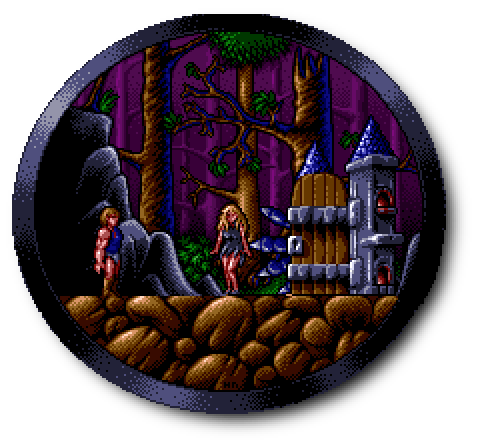
Ghost Battle (Amiga)
Ghost Battle was the first published game for Henk, and it garnered considerable praise. It also landed him a full time job with Thalion, an intensely popular but short lived German publisher of computer games. His next game was Lionheart, a game which sold well considering its platform, but not well enough to keep Henk employed with Thalion who, like most publishers of the day, peaked early and soon folded.
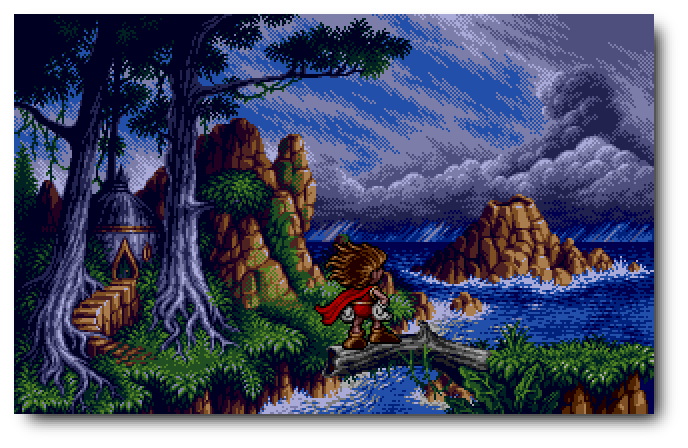
Misadventures of Flink (MegaDrive)
The Misadventures of Flink was next, released for the MegaDrive and MegaCD. It featured some of the most impressive graphics ever released for the MegaDrive, with backgrounds and sprites that did astonishing things with the relatively muted palette offered by the hardware. Flink looked great but was released too late in the MegaDrive’s life. It wasn’t supported well by its publisher and it achieved unremarkable sales.
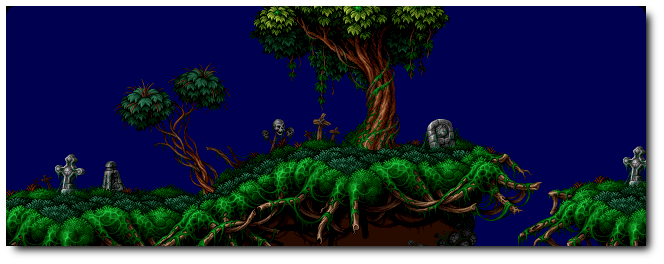
Lomax mockup (Playstation)
It did, however, land Henk another game deal: Adventures of Lomax. Released by Psygnosis for the Sony Playstation, Lomax was continuing a trend for Henk – games released on platforms that were no longer appropriate targets. When Lomax came out Sony had convinced the world that polygons were the future, sprites were old fashioned, and so Lomax didn’t sell well either. The gaming press more or less overlooked this pixel relic released in a bold new polygon world.
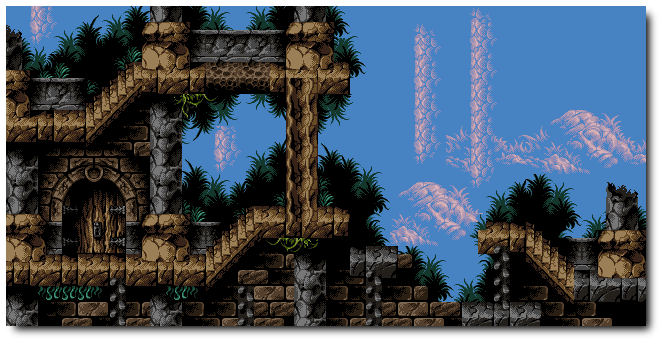
Atlantis (GameBoy)
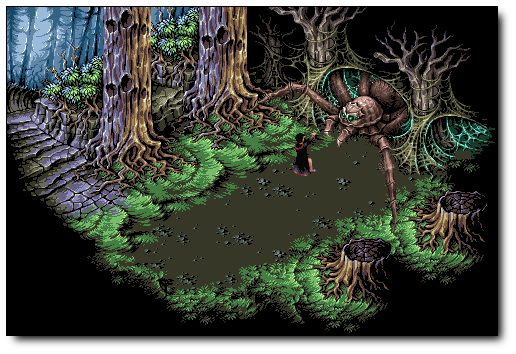
Harry Potter (GameBoy Advance)
Henk shifted his focus to the portables, which continue to be the last place to find significant amounts of pixel art. First with Disney’s Atlantis for the GameBoy Color, and later with Harry Potter for the GameBoy Advance, Henk’s pixel prowess finally found an appreciative audience. And from there? When he’s not pixelling Henk can be found working on textures for 3D games like Harry Potter and Batman Begins. Currently he’s working on a new game, a big release for the Playstation 2 and PSP that is, so far, a closely guarded secret.
Henk Speaks:
When developing Flink, Henk describes the process. “I Think there were a few reasons I started drawing everything on a black background, not just on the MegaDrive. First, back in those days I drew most of my gfx on a black background, I just liked that. You could get away with a lot of stuff by fading it into darkness. It’s also quite handy when you’re dealing with systems like the MegaDrive which didn’t give you much memory to play with. I also prefer to draw to blackness because the contrast on the Megadrive system was insane, if i would have anti-aliased everything to white i would have probably gone blind.”
Asked about the popularity and future of pixels, Henk remains philosphical about their relative unpopularity. “Pixel games being on the big screen could work both ways. More exposure means a bigger market which in my opinion kills a lot of the creativity. Just look around at what happening now with the big game industry. Keeping it small and special means people will appreciate it even more.”
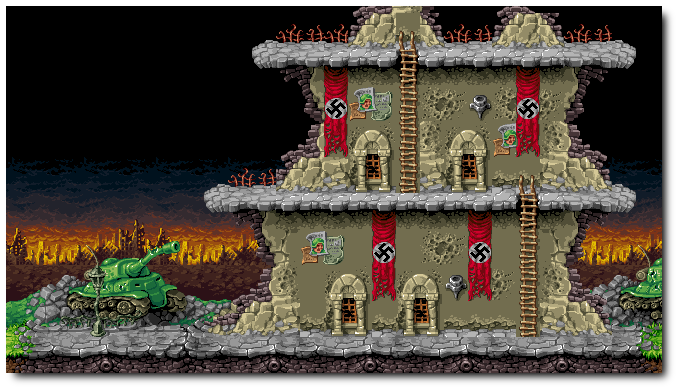
Unused Mobile Phone Graphics
Regarding pixel art’s resurgence, with portable games and even outside of gaming, Henk thinks “Pixeling is almost regarded as a real art and i think it really deserves it. There will always be pixels one way or another, profitable or not. You still need pixel skills for mobile phone, GBA and Nintendo DS games. Even on next-gen platforms pixel skills are suitable for HUD and icon gfx.”
On portables: Most portable gaming is nothing more than a portable version of a console that was already very successful a couple of years ago in another form. For instance the GBA had a lot in common with the SNES, and the PSP is actually a heavily modified PS1. But still, they’re all great platforms with huge potential but no one really took the opportunity to make something really nice on it.
On mobiles: First, I’m really happy with mobile phone game development because it opens up a lot of opportunities again for pixel artists like me. The quality of mobile phone games is getting better and better but there’s still a lot of mediocre stuff around. This is also a good development because there might be new talent out there struggling to get into the gaming scene.

Unused Mobile Phone Graphics
I’ve emailed Henk for his permission to post this interview, and he’s graciously given it. He’s also agreed to take my abuse for a second set of questions, so I hope to talk to him about the last two years and his recent work on the DS release of Contra 4.
In addition, here are a few choice quotes that didn’t make the book:
Regarding Flink
I do still remember because it was a hell of a lot of fun to do that game. Flink had 12 to 16 frames per animation. I drew one or two of them per day. I think all of them were done in two weeks time. Yes, I didn’t get much sleep back then. No pay and no sleep, Good old days! ;)
Time to complete one Flink level
A single tileset for the fore- and background took me approx. two to three weeks to pixel. Damn was i slow back then!



--NFG
[ Apr 7 2013 ]
| Next Post | Navigation | Previous Post |
|---|



Name:
Email:
Website: